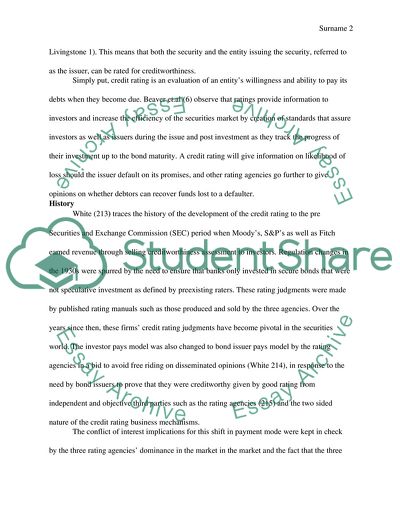Cite this document
(Credit Rating Essay Example | Topics and Well Written Essays - 4000 words, n.d.)
Credit Rating Essay Example | Topics and Well Written Essays - 4000 words. https://studentshare.org/finance-accounting/1865388-credit-rating
Credit Rating Essay Example | Topics and Well Written Essays - 4000 words. https://studentshare.org/finance-accounting/1865388-credit-rating
(Credit Rating Essay Example | Topics and Well Written Essays - 4000 Words)
Credit Rating Essay Example | Topics and Well Written Essays - 4000 Words. https://studentshare.org/finance-accounting/1865388-credit-rating.
Credit Rating Essay Example | Topics and Well Written Essays - 4000 Words. https://studentshare.org/finance-accounting/1865388-credit-rating.
“Credit Rating Essay Example | Topics and Well Written Essays - 4000 Words”. https://studentshare.org/finance-accounting/1865388-credit-rating.


